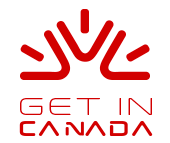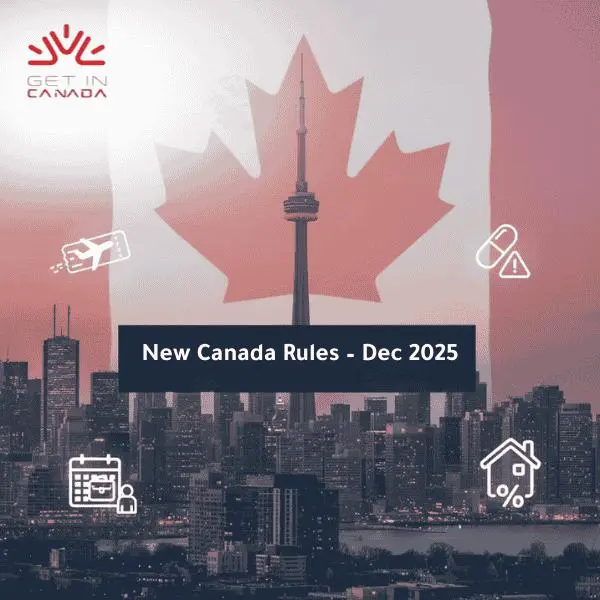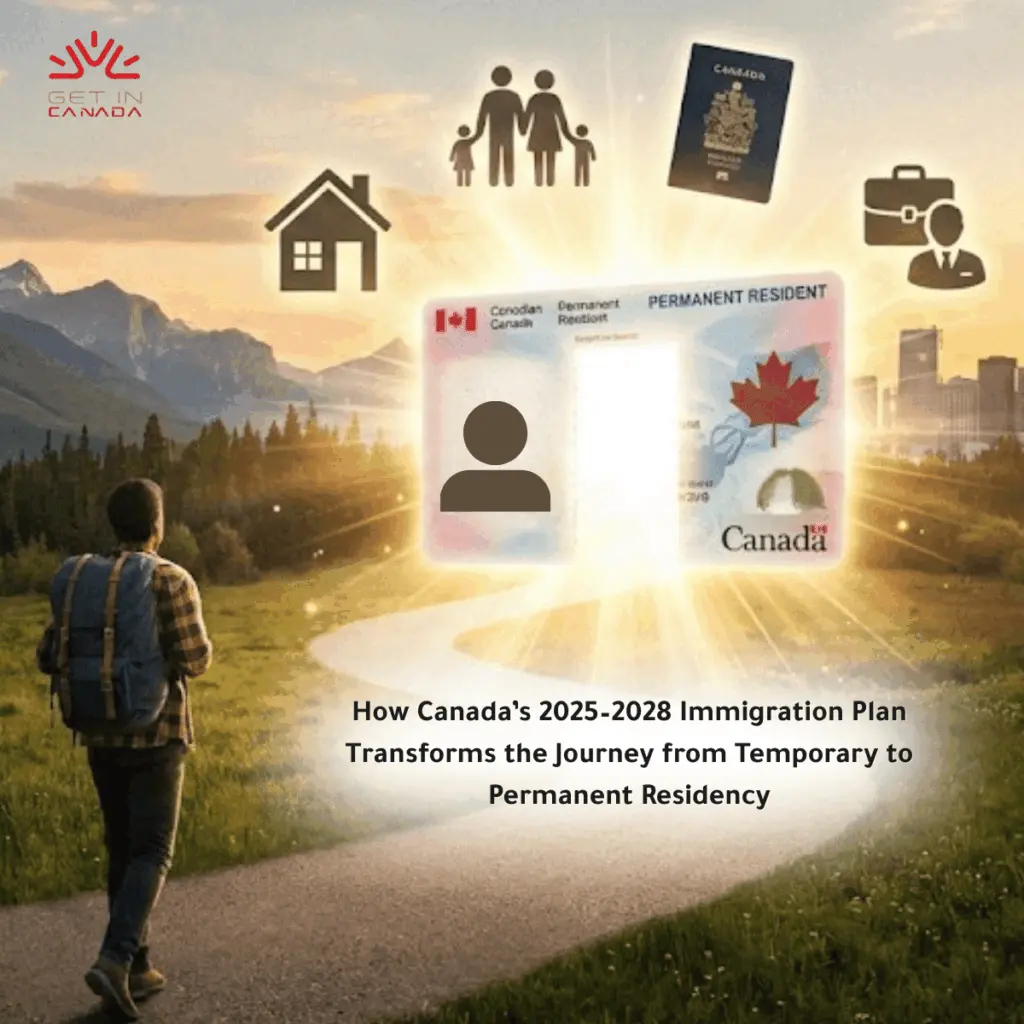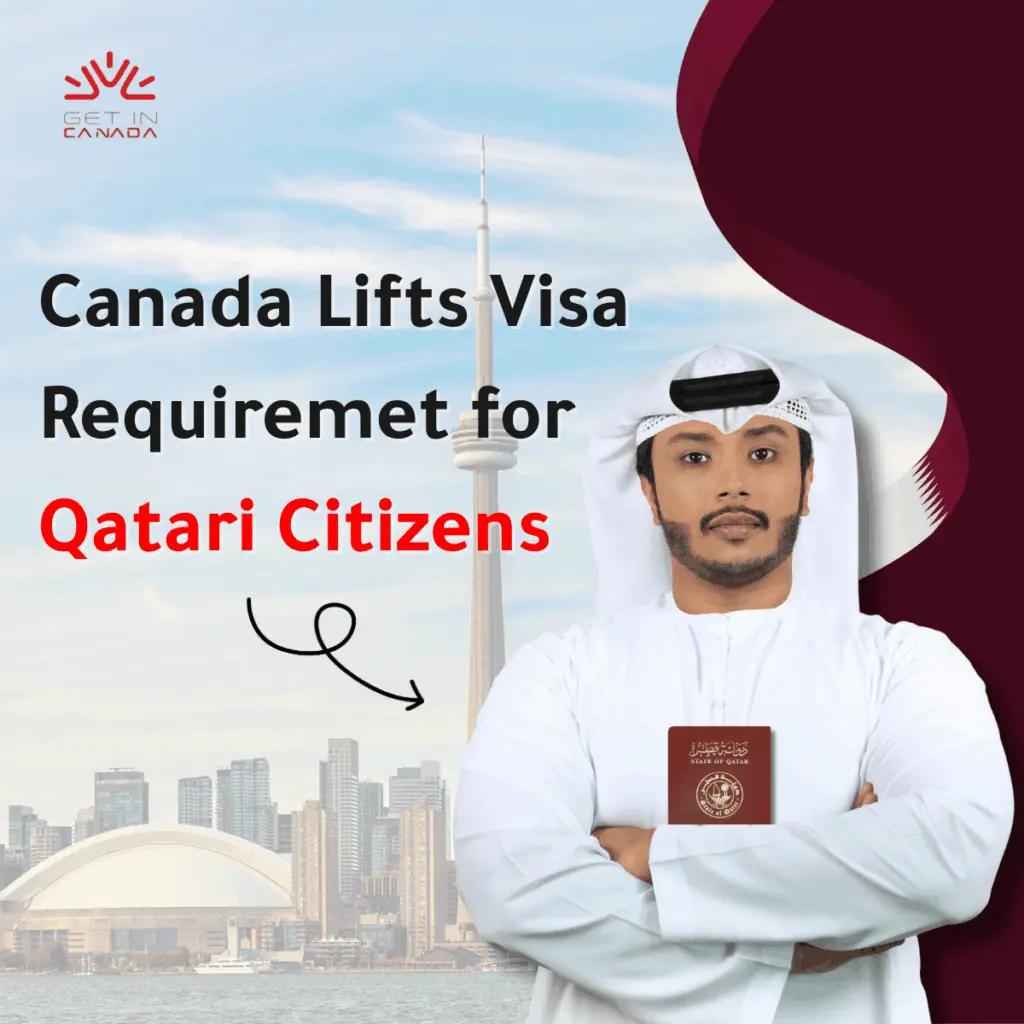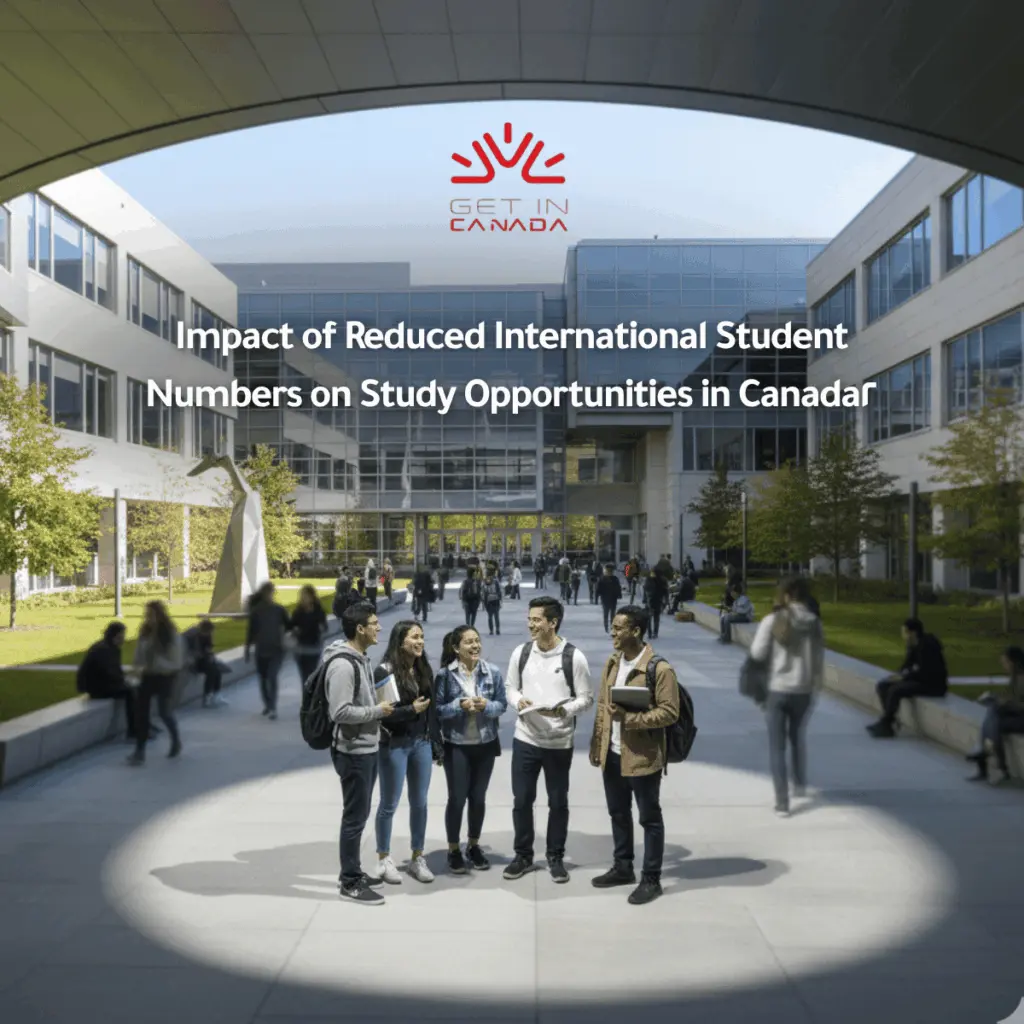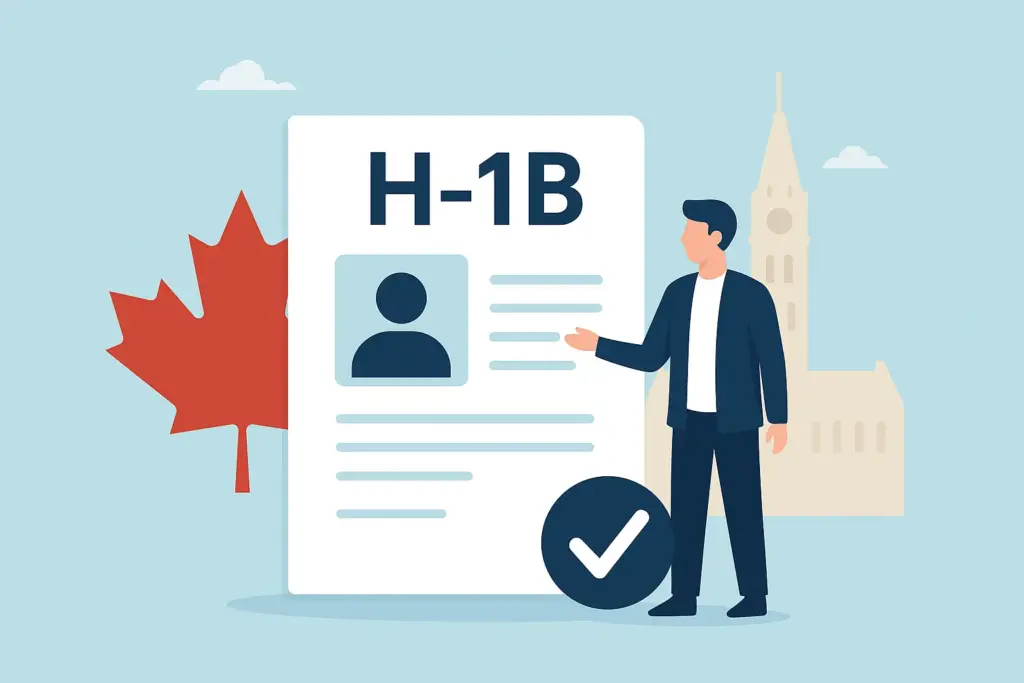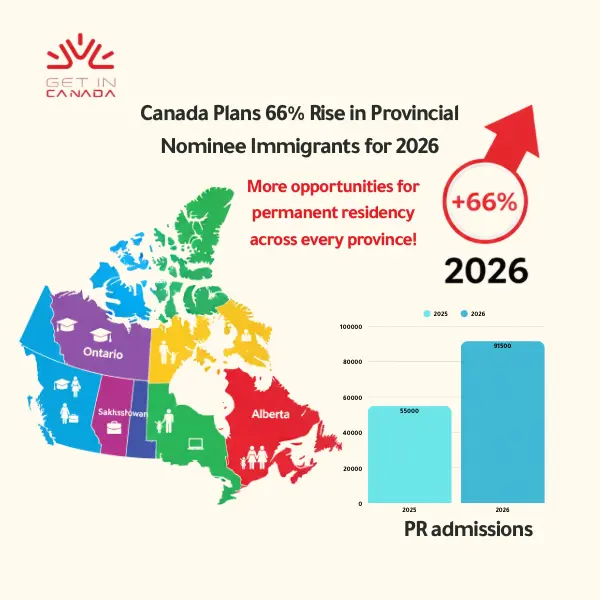Canada Increases 2025 Immigration Quota for 4 Provinces
Planning to immigrate to Canada in 2025? With increased Provincial Nominee Program (PNP) quotas for Alberta, Saskatchewan, New Brunswick, and Newfoundland & Labrador, skilled workers now have faster pathways to permanent residency (PR). This guide explains 2025 immigration quotas, the best provinces for PR, PNP requirements, projected quotas by occupation, and actionable strategies to maximize your chances.
1. Canada’s Immigration Levels Plan 2025
Canada’s Immigration Levels Plan sets the number of permanent and temporary residents admitted each year. In 2025, the focus is on matching immigration to labor market needs and provincial economic priorities, giving provinces flexibility to attract skilled workers. Alberta, Saskatchewan, New Brunswick, and Newfoundland & Labrador received increased PNP allocations, reflecting urgent demand in sectors like healthcare, IT, and skilled trades.
Key Updates
- Permanent Residents: 395,000 (source)
- Temporary Residents: 673,650, including international students, temporary workers, and visitors
- Provincial Focus: Alberta, Saskatchewan, New Brunswick, Newfoundland & Labrador
Why It Matters
- Aligns immigration with regional labor shortages
- Offers skilled workers faster PR pathways
- Allows strategic selection of provinces with higher approval chances
Book Your Consultation Session →
2. Provincial Nominee Program (PNP): Your Fast-Track to PR
The Provincial Nominee Program allows provinces to nominate candidates based on local labor and economic needs. PNPs are ideal for skilled workers, international graduates, and tradespeople who want targeted pathways to PR. Streams integrated with Express Entry can add 600 CRS points, effectively guaranteeing an ITA.
Benefits of PNP
- Tailored Immigration: Provinces create streams for high-demand occupations
- Express Entry Integration: Provincial nominations can boost CRS points by 600
- Faster Processing: Provincial nominations often reduce waiting times compared to federal-only pathways
Example
An IT specialist applying through Alberta Express Entry Stream can secure provincial nomination within months if their occupation is in demand, whereas federal processing alone may take over a year.
How It Works
- Apply to the provincial stream matching your occupation
- Receive nomination based on eligibility and provincial priorities
- Submit PR application to federal government, leveraging Express Entry CRS bonus
For a complete list of streams, visit Government of Canada PNP portal
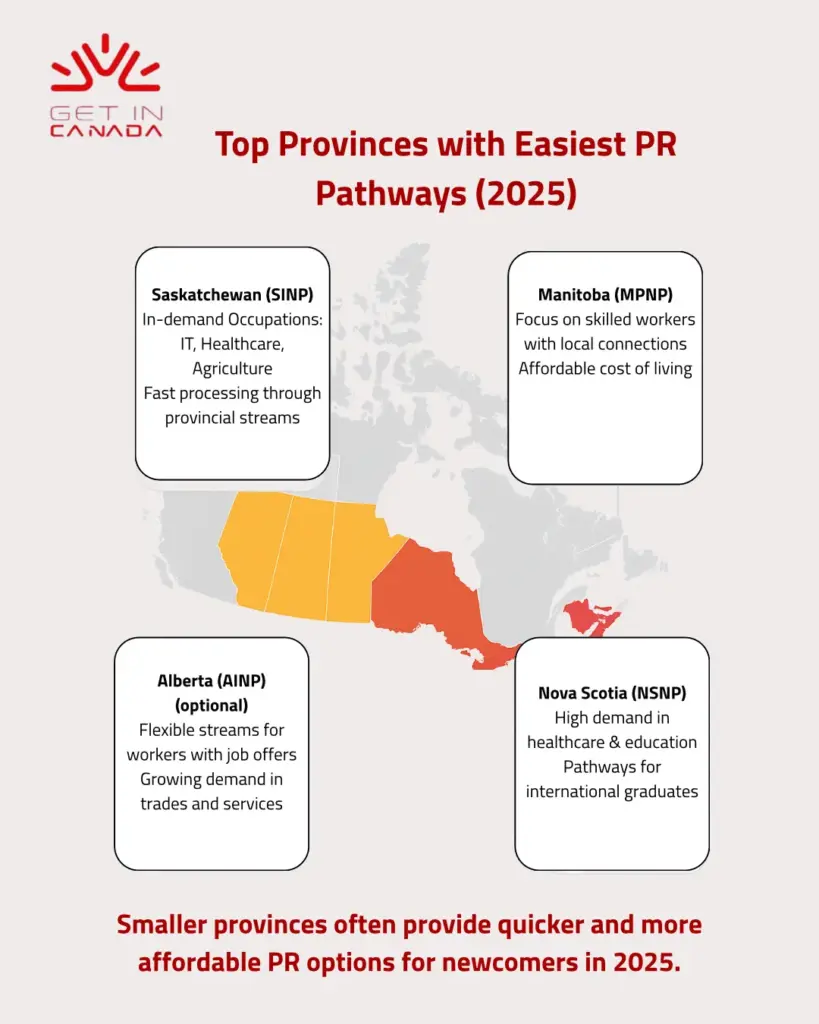
3. Which Province is Easiest to Get PR in 2025?
Some provinces provide faster or easier PR routes due to high demand and lower competition. Nova Scotia, Saskatchewan, Manitoba, and Alberta are popular choices for 2025 applicants.
Provincial Highlights
- Nova Scotia: Labour Market Priorities Stream targeting healthcare, IT, skilled trades (Nova Scotia Immigration)
- Saskatchewan: International Skilled Worker Program for tech, engineering, healthcare (Saskatchewan PNP)
- Manitoba: Skilled Worker Overseas rewards candidates with provincial connections (Manitoba Immigration)
- Alberta: Express Entry Stream gives 600 CRS points for IT, healthcare, engineering (Alberta PNP)
Detailed Province Insights
Nova Scotia
- Stream: Labour Market Priorities
- Focus: Healthcare, IT, and skilled trades
- Advantage: Faster processing for applicants already working or studying in Nova Scotia (Nova Scotia Immigration)
Saskatchewan
- Stream: International Skilled Worker
- Focus: Tech professionals, engineers, healthcare workers
- Advantage: Applicants with a job offer or work experience in in-demand occupations are prioritized (Saskatchewan PNP)
Manitoba
- Stream: Skilled Worker Overseas
- Focus: Applicants with family, friends, or previous connections in Manitoba
- Advantage: Points-based system rewards adaptability and ties to the province (Manitoba Immigration)
Alberta
- Stream: Alberta Express Entry
- Focus: IT, healthcare, engineers
- Advantage: Provincial nomination adds 600 CRS points, practically guaranteeing PR (Alberta PNP)
4. Which Provincial Nominee Program is Best?
The “best” PNP depends on your occupation, experience, and goals. Alberta and Saskatchewan Express Entry streams are often preferred for tech, healthcare, and engineering, while New Brunswick and Newfoundland & Labrador are advantageous for skilled trades and healthcare.
Comparison Table of Popular 2025 PNP Streams
| Province | Stream | Advantages | Ideal Applicants |
|---|---|---|---|
| Alberta | Express Entry Stream | Fast processing; 600 CRS points; tech & healthcare focus | IT, Engineers, Nurses |
| Saskatchewan | International Skilled Worker | Lower competition; in-demand trades & tech | Skilled trades, IT, healthcare |
| New Brunswick | Skilled Worker Stream | Employer-driven; regional incentives | Healthcare, skilled workers |
| Newfoundland & Labrador | Skilled Worker Stream | Priority for healthcare & trades | Trades, healthcare |
Book Your Consultation Session →
5. PNP Eligibility Requirements: Key Factors for 2025
Provincial Nominee Program (PNP) eligibility in Canada is not “one size fits all.” Each province sets its own criteria, but several core requirements consistently determine whether a candidate qualifies. Meeting these factors — and preparing in advance — significantly improves your chances of approval.
Main Eligibility Factors
- Education
- Most provinces require at least a post-secondary diploma or degree.
- Higher education (Master’s or PhD) in high-demand fields like healthcare, IT, or engineering increases competitiveness.
- Tip: Consider getting your credentials assessed through WES Canada or other approved organizations to ensure they meet Canadian standards.
- Work Experience
- Relevant, full-time work experience in a targeted occupation is crucial.
- Provinces publish lists of in-demand occupations, such as nurses, engineers, truck drivers, and software developers.
- Most streams require 1–3 years of recent experience in your field.
- Language Proficiency
- Proof of English or French ability is mandatory.
- Common tests include IELTS, CELPIP (English), TEF, or TCF (French).
- Minimum scores vary but usually align with CLB 6–7 (intermediate to advanced).
- Job Offer (in many cases)
- Some PNP streams require a valid job offer from a Canadian employer.
- Others, like Saskatchewan’s International Skilled Worker program, allow you to apply without one if your occupation is in demand.
- Adaptability Factors
- Extra points may be awarded for:
- Having relatives in Canada
- Previous study or work experience in Canada
- Spouse’s skills (education, language ability)
- These factors show you’re more likely to integrate successfully.
- Extra points may be awarded for:
At a Glance: PNP Eligibility Factors
| Factor | Requirement | Notes / Example |
|---|---|---|
| Education | Post-secondary or higher | Higher degrees = higher chances |
| Work Experience | 1–3 years relevant | Nursing, IT, trades often prioritized |
| Language | IELTS/TEF with CLB 6–7 | Stronger scores = higher ranking |
| Job Offer | Often required | Some provinces accept without |
| Adaptability | Relatives, spouse, past experience in Canada | Adds points to eligibility |
Why Early Preparation Matters
- Credential Recognition: Get your ECA (Educational Credential Assessment) early to avoid delays.
- Language Prep: Stronger scores can mean the difference between nomination and rejection.
- Job Search: Connect with Canadian employers and job boards early.
- Documentation: Gather reference letters, proof of funds, and ID documents in advance.
Bottom line: The earlier you start preparing — from upgrading your language scores to verifying your degrees — the stronger your PNP application will be in 2025.
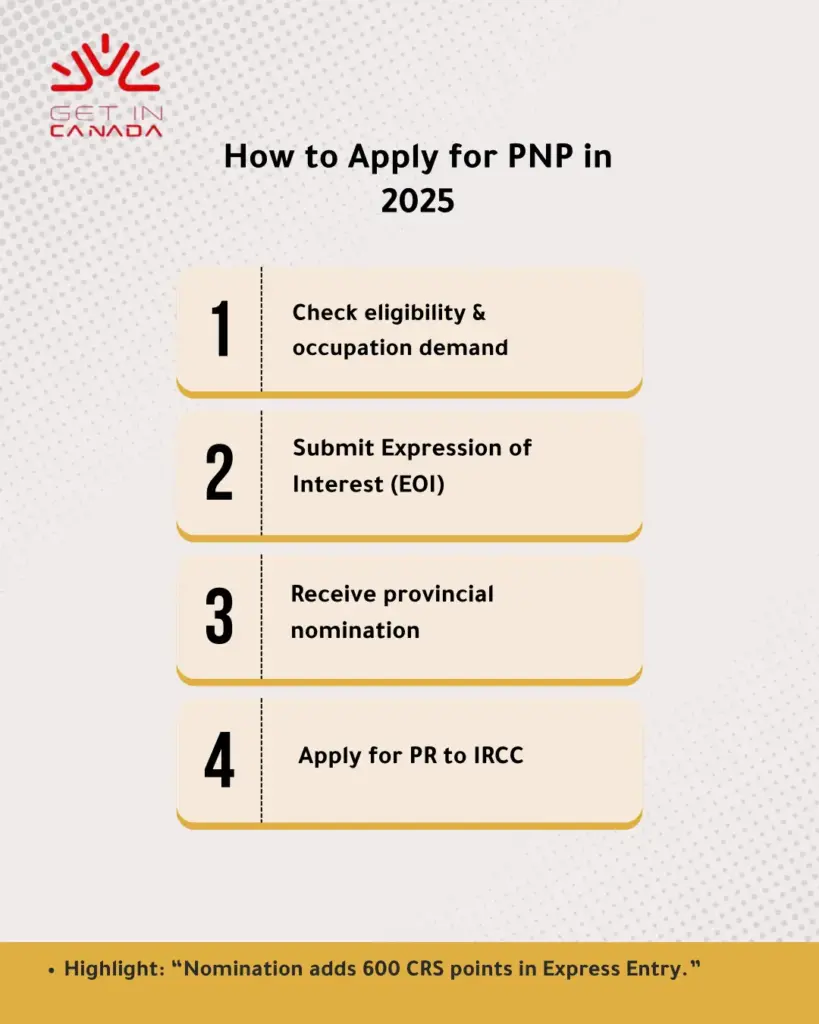
6. How Many People Will Get PR in Canada in 2025?
In 2025, Canada plans to welcome 395,000 new permanent residents (PRs). This marks a decrease from the previously projected target of 500,000, reflecting a strategic shift towards more controlled and sustainable immigration levels.
Breakdown of 2025 Permanent Resident Admissions
- Economic Class: Approximately 62% of the total admissions, focusing on skilled workers, tradespeople, and professionals.
Canada.ca - Family Class: Around 24% allocated for family reunification, including spouses, children, parents, and grandparents.
Canada.ca - Refugees and Protected Persons: A smaller portion dedicated to humanitarian admissions.
In-Canada Applicants
Notably, over 40% of the 2025 PR admissions are expected to be individuals already residing in Canada as temporary residents, such as international students and foreign workers.
7. Projected 2025 PNP Quotas by Province and Occupation
Canada’s Provincial Nominee Programs (PNPs) are a critical part of the economic immigration intake. In 2025, provinces are receiving targeted quotas to attract skilled workers in high-demand occupations. Understanding these quotas and the occupations they focus on can help applicants choose the right province and plan their applications strategically.
Mini Case Studies
To provide a clearer picture of how these quotas translate into real opportunities, here are mini case studies of the top provinces. These examples illustrate which occupations and streams are prioritized and where applicants may have the best chances for PR in 2025.
| Province/Territory | 2025 PNP Quota | Key Occupations Targeted |
|---|---|---|
| Ontario | 10,750 | IT, Healthcare, Skilled Trades |
| British Columbia | 4,000 | Healthcare, Tech, Skilled Trades |
| Alberta | 4,971 | Tech, Engineering, Healthcare |
| Manitoba | 4,750 | Skilled Trades, Healthcare |
| Saskatchewan | 3,625 | Tech, Engineering, Healthcare |
| Nova Scotia | 3,150 | Healthcare, Skilled Trades |
| New Brunswick | 3,000 | IT, Skilled Trades |
| Newfoundland & Labrador | 1,525 | Healthcare, Skilled Trades |
| Prince Edward Island | 1,025 | Healthcare, Skilled Trades |
| Northwest Territories | 150 | Skilled Trades |
Overview on Provinces
- Ontario: Largest PNP quota; focuses on IT, healthcare, and skilled trades
- British Columbia: Tech & healthcare priority; 4,000 nominations
- Alberta: Tech, engineering, healthcare; Express Entry CRS bonus
- Manitoba: Skilled trades & healthcare; rewards provincial ties
- Saskatchewan: Tech, engineering; lower cost of living
- Nova Scotia: Healthcare & trades; strong community focus
- New Brunswick: IT & skilled trades; employer-driven streams
- Newfoundland & Labrador: Healthcare & trades; smaller quota
- Prince Edward Island: Healthcare & trades; peaceful communities
- Northwest Territories: Skilled trades; resource-based economy
Occupational Demand 2025
Canada’s labor market is evolving rapidly, with certain occupations in high demand under both PNP streams and Express Entry / category-based draws. If your occupation is on one of these lists, you may have improved chances of getting nominated for permanent residency.
Here are the sectors showing high vacancy rates and the specific occupations that are especially sought after in 2025:
| Occupation Category | Projected Demand |
|---|---|
| Healthcare Professionals | High |
| IT | High |
| Skilled Trades | High |
| Engineering | Moderate |
| Education | Moderate |
| Business & Finance | Low |
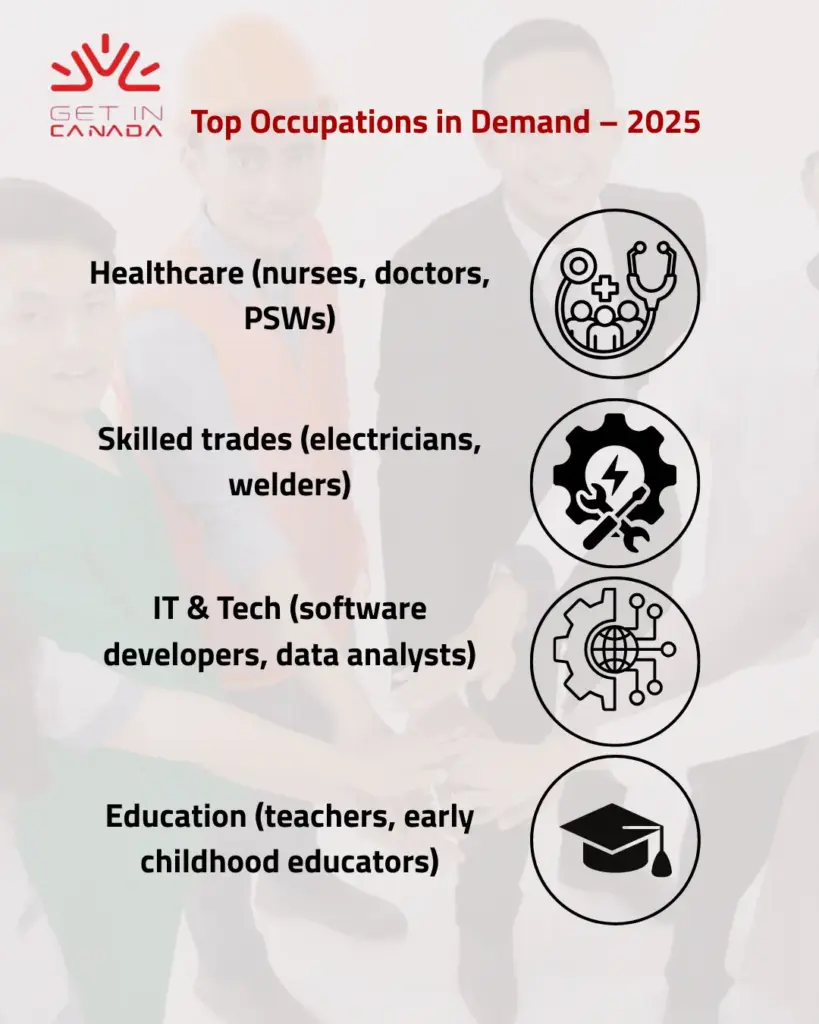
Conclusion: Your 2025 Pathway to Canada
Canada’s 2025 immigration updates offer skilled workers clear and strategic pathways to permanent residency. With increased PNP quotas, priority for high-demand occupations, and Express Entry integration, applicants can target provinces like Alberta, Saskatchewan, Nova Scotia, and Manitoba to maximize their chances.
By understanding provincial streams, eligibility requirements, and occupational demand, you can plan efficiently and turn your Canadian immigration dream into reality in 2025.
